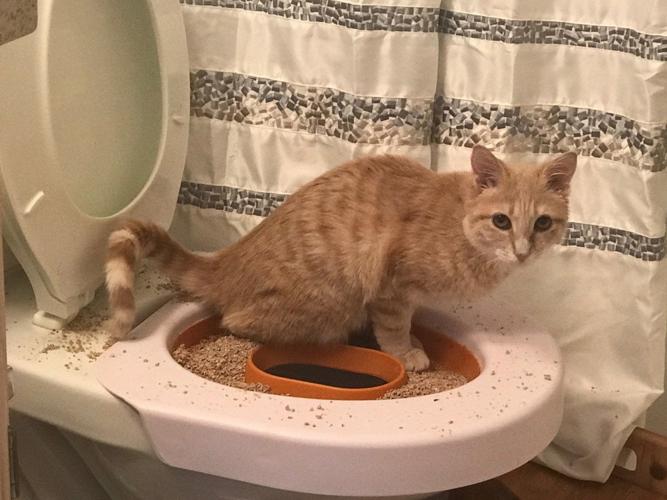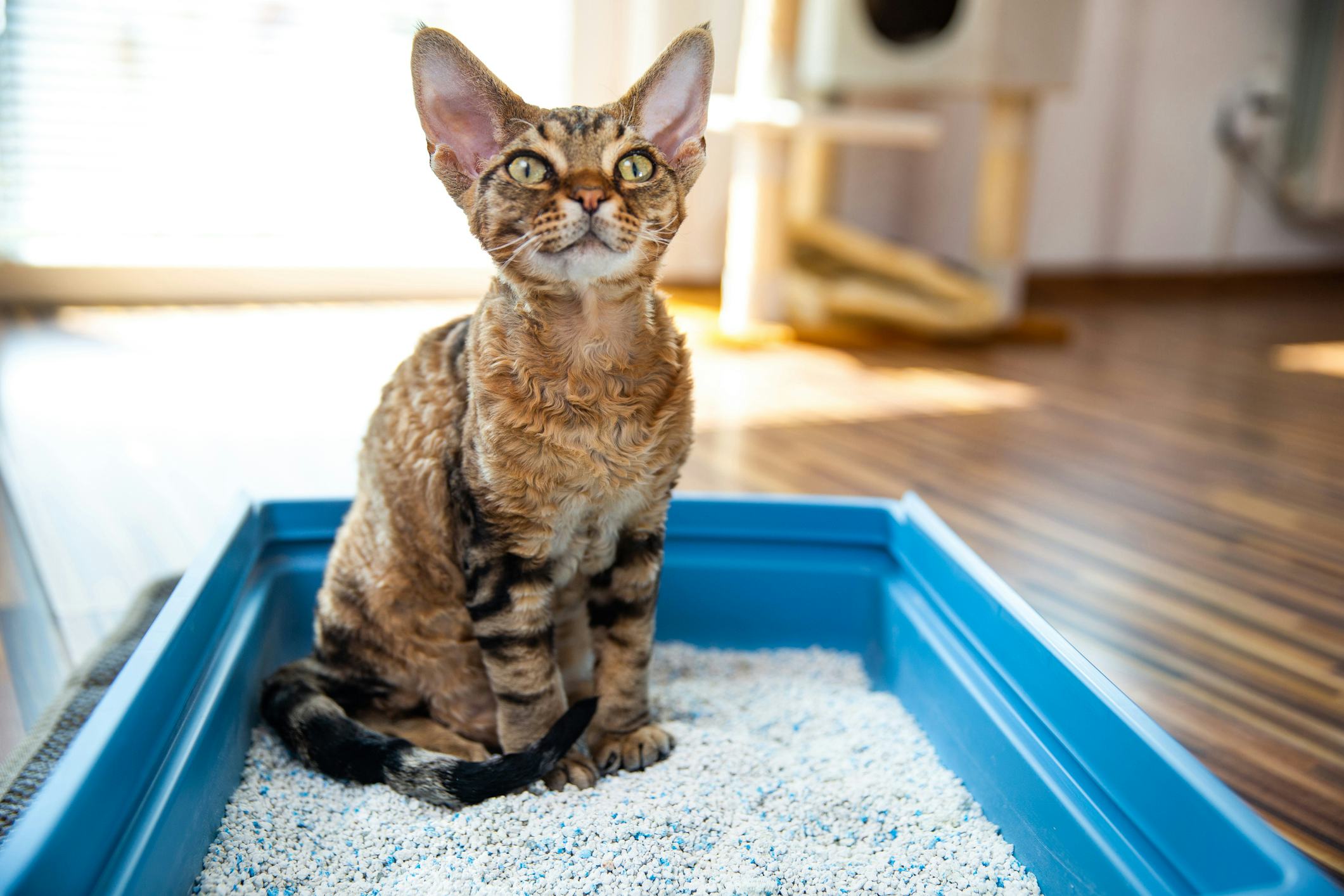What are your opinions on Don’t flush cat feces down the toilet?

Intro
As cat proprietors, it's vital to bear in mind just how we throw away our feline close friends' waste. While it may appear convenient to purge feline poop down the bathroom, this practice can have damaging effects for both the atmosphere and human wellness.
Environmental Impact
Flushing feline poop introduces hazardous pathogens and bloodsuckers into the water system, presenting a considerable risk to aquatic environments. These contaminants can adversely impact aquatic life and compromise water quality.
Health Risks
Along with environmental worries, purging cat waste can additionally position health and wellness dangers to human beings. Feline feces might contain Toxoplasma gondii, a parasite that can cause toxoplasmosis-- a potentially serious illness, especially for expecting ladies and people with weakened body immune systems.
Alternatives to Flushing
Fortunately, there are safer and a lot more responsible ways to take care of pet cat poop. Take into consideration the complying with choices:
1. Scoop and Dispose in Trash
One of the most common method of disposing of feline poop is to scoop it into an eco-friendly bag and throw it in the garbage. Be sure to utilize a devoted litter inside story and deal with the waste immediately.
2. Use Biodegradable Litter
Choose naturally degradable cat clutter made from products such as corn or wheat. These litters are eco-friendly and can be safely taken care of in the trash.
3. Hide in the Yard
If you have a backyard, take into consideration hiding pet cat waste in a designated area away from veggie gardens and water resources. Make certain to dig deep sufficient to prevent contamination of groundwater.
4. Install a Pet Waste Disposal System
Buy a pet garbage disposal system especially made for cat waste. These systems use enzymes to break down the waste, decreasing smell and environmental influence.
Verdict
Accountable animal possession extends beyond giving food and sanctuary-- it also involves correct waste monitoring. By avoiding flushing cat poop down the toilet and going with alternative disposal methods, we can decrease our environmental footprint and secure human health and wellness.
Why Can’t I Flush Cat Poop?
It Spreads a Parasite
Cats are frequently infected with a parasite called toxoplasma gondii. The parasite causes an infection called toxoplasmosis. It is usually harmless to cats. The parasite only uses cat poop as a host for its eggs. Otherwise, the cat’s immune system usually keeps the infection at low enough levels to maintain its own health. But it does not stop the develop of eggs. These eggs are tiny and surprisingly tough. They may survive for a year before they begin to grow. But that’s the problem.
Our wastewater system is not designed to deal with toxoplasmosis eggs. Instead, most eggs will flush from your toilet into sewers and wastewater management plants. After the sewage is treated for many other harmful things in it, it is typically released into local rivers, lakes, or oceans. Here, the toxoplasmosis eggs can find new hosts, including starfish, crabs, otters, and many other wildlife. For many, this is a significant risk to their health. Toxoplasmosis can also end up infecting water sources that are important for agriculture, which means our deer, pigs, and sheep can get infected too.
Is There Risk to Humans?
There can be a risk to human life from flushing cat poop down the toilet. If you do so, the parasites from your cat’s poop can end up in shellfish, game animals, or livestock. If this meat is then served raw or undercooked, the people who eat it can get sick.
In fact, according to the CDC, 40 million people in the United States are infected with toxoplasma gondii. They get it from exposure to infected seafood, or from some kind of cat poop contamination, like drinking from a stream that is contaminated or touching anything that has come into contact with cat poop. That includes just cleaning a cat litter box.
Most people who get infected with these parasites will not develop any symptoms. However, for pregnant women or for those with compromised immune systems, the parasite can cause severe health problems.
How to Handle Cat Poop
The best way to handle cat poop is actually to clean the box more often. The eggs that the parasite sheds will not become active until one to five days after the cat poops. That means that if you clean daily, you’re much less likely to come into direct contact with infectious eggs.
That said, always dispose of cat poop in the garbage and not down the toilet. Wash your hands before and after you clean the litter box, and bring the bag of poop right outside to your garbage bins.
https://trenchlesssolutionsusa.com/why-cant-i-flush-cat-poop/

I'm certainly very eager about How to Dispose of Cat Poop and Litter Without Plastic Bags and I hope you liked the new blog posting. Sharing is nice. Helping others is fun. Thanks a bunch for your time. Come back soon.
Appointment